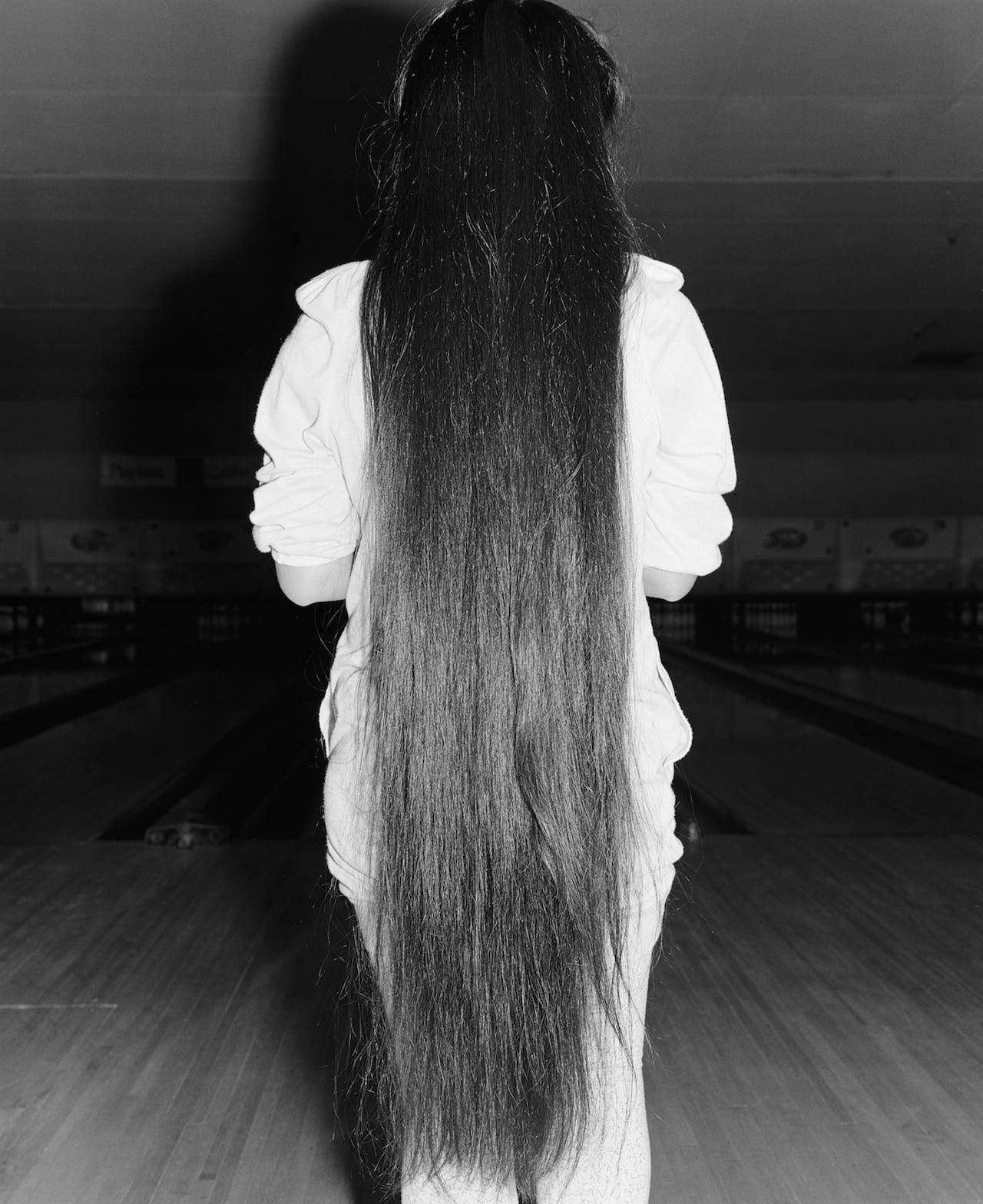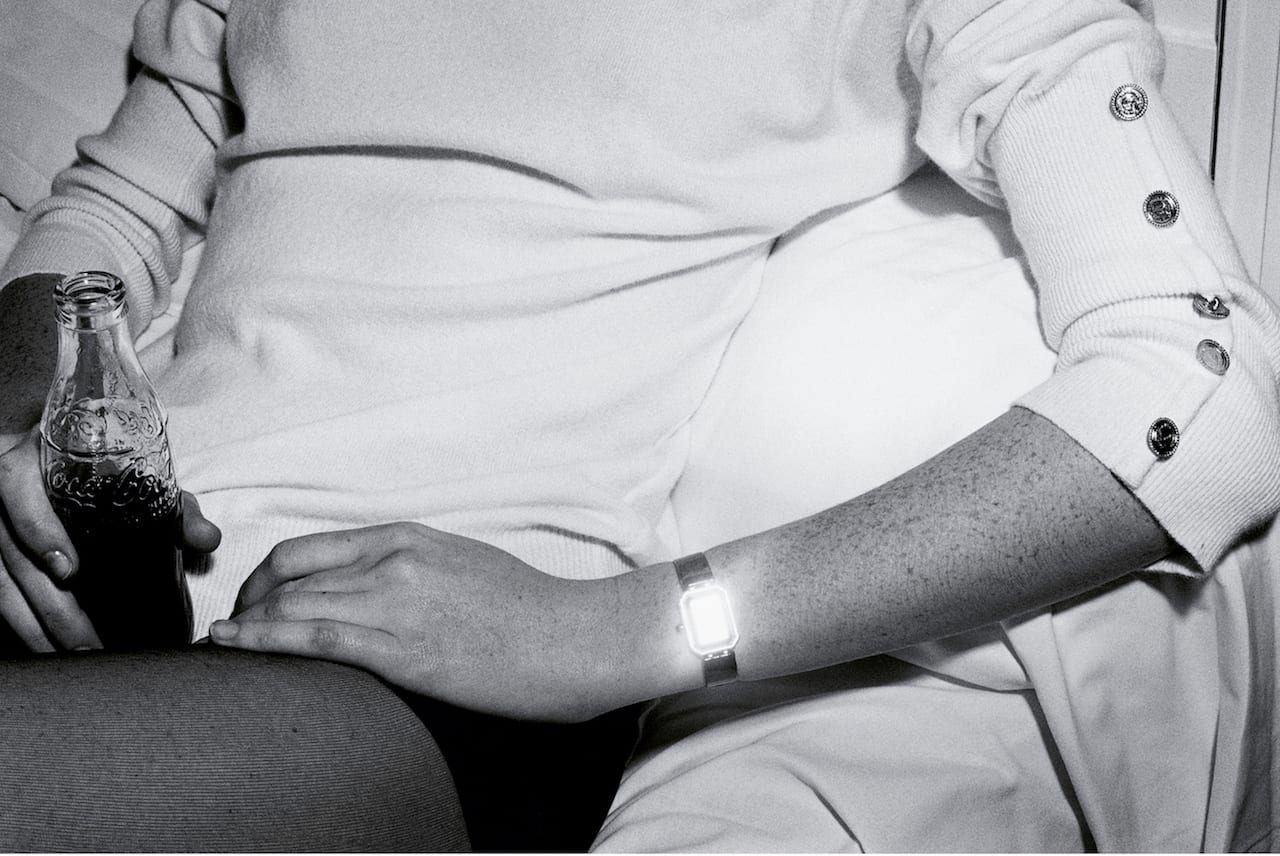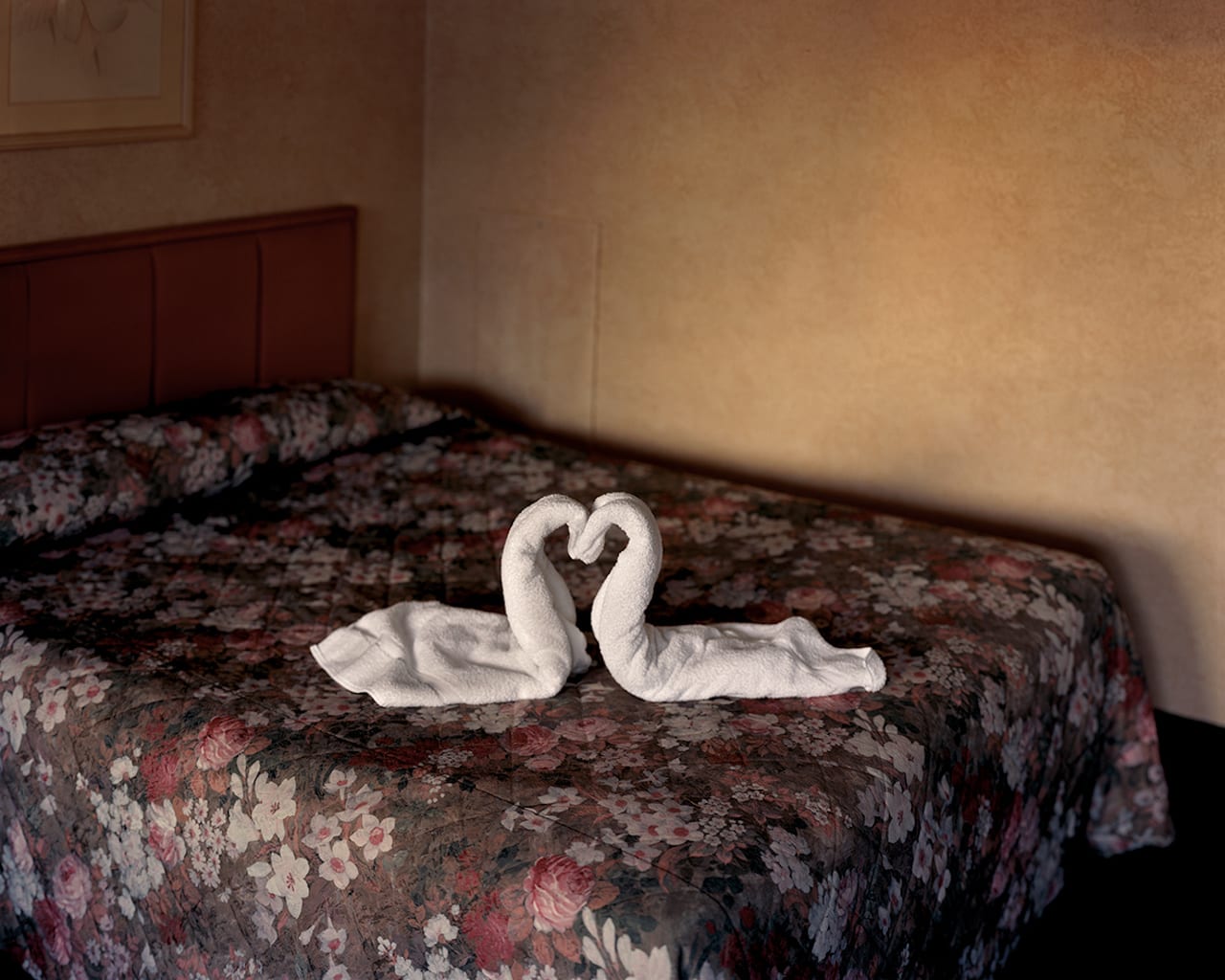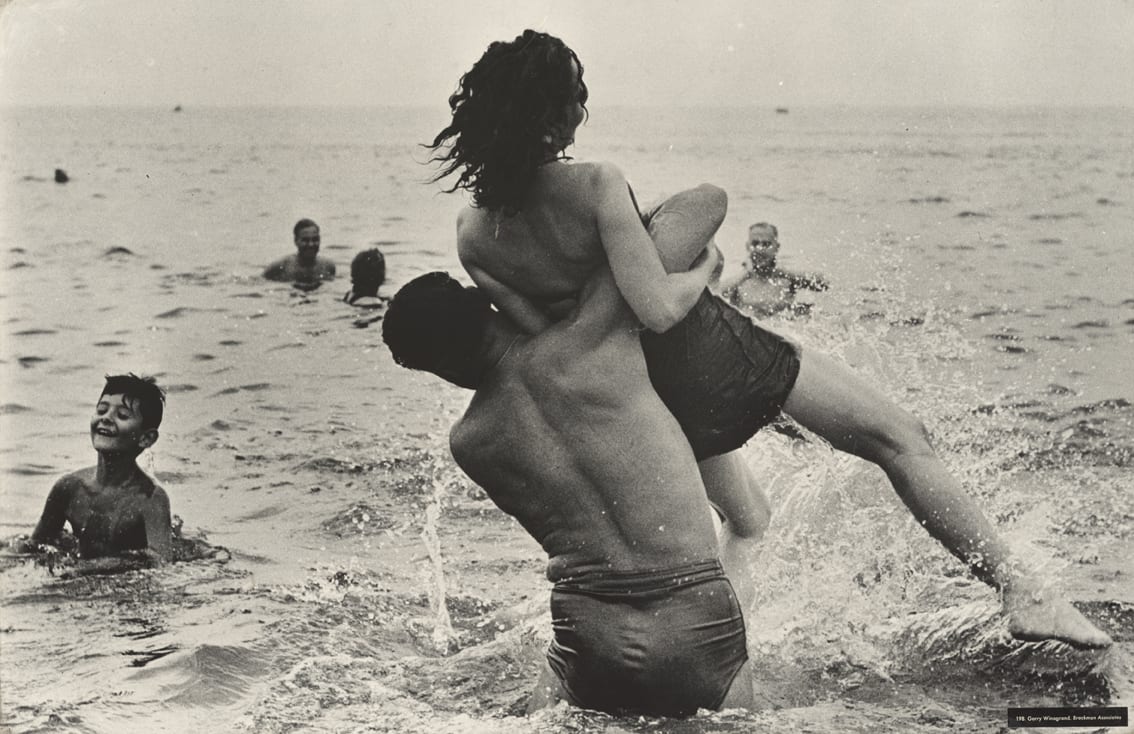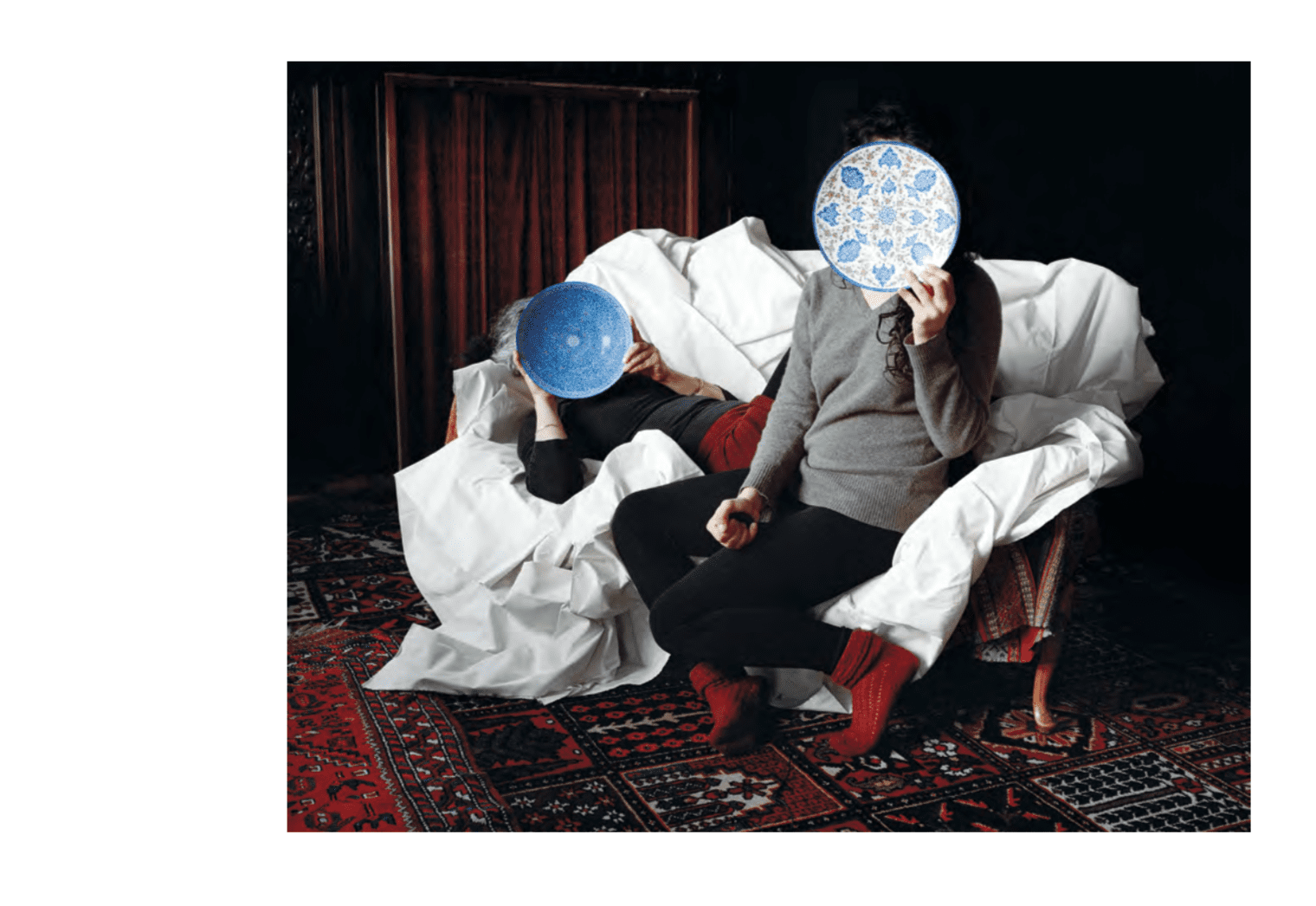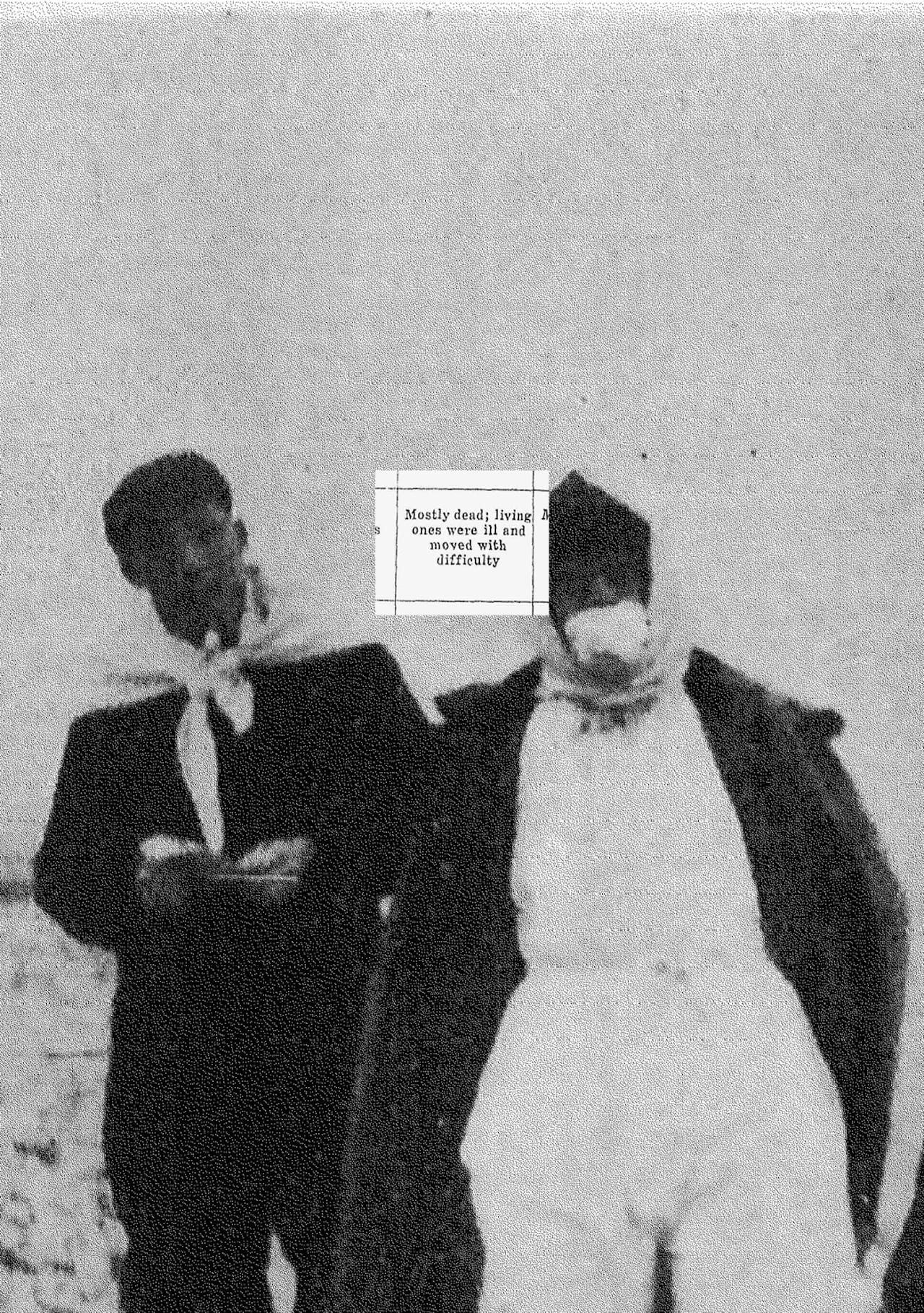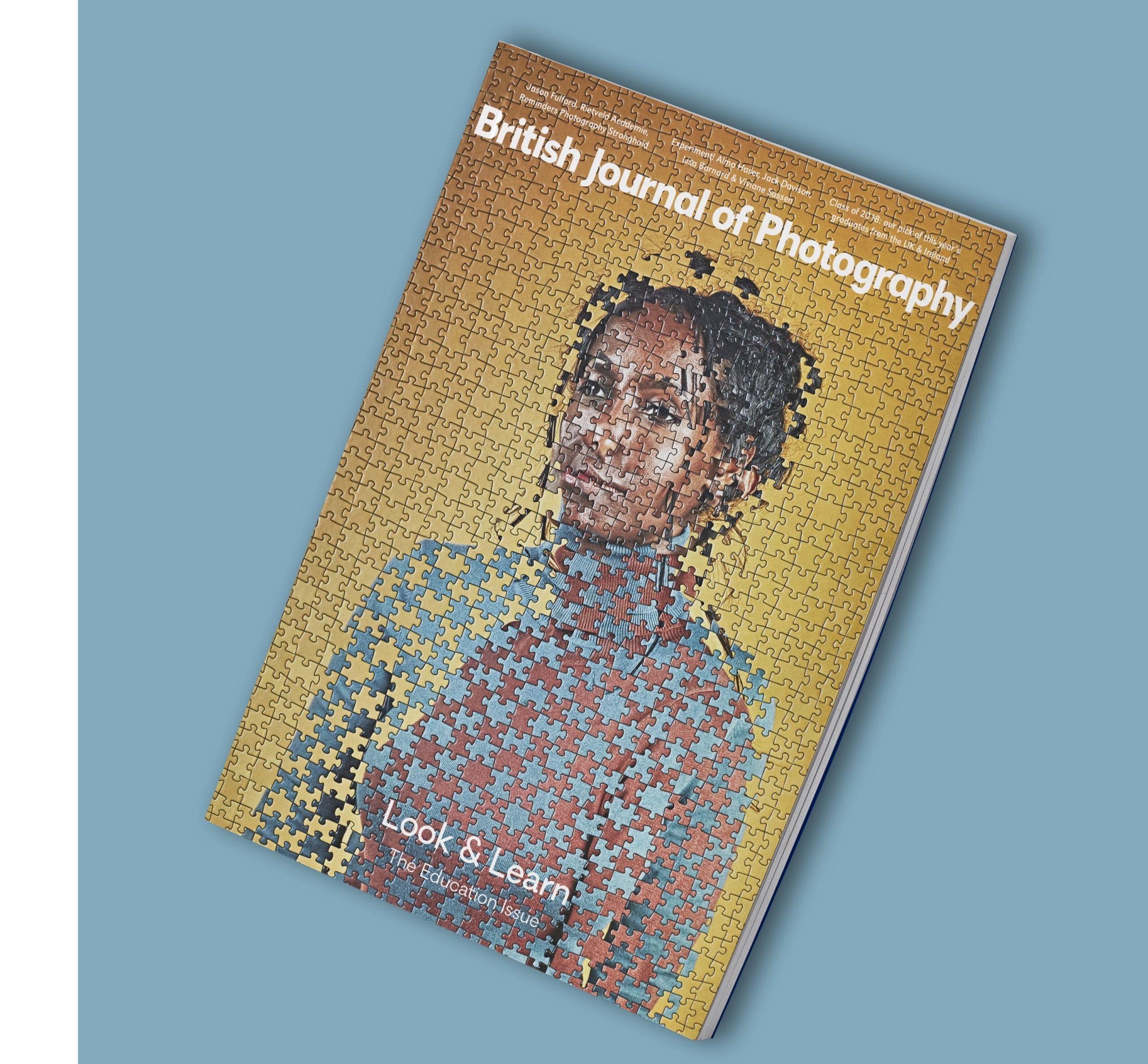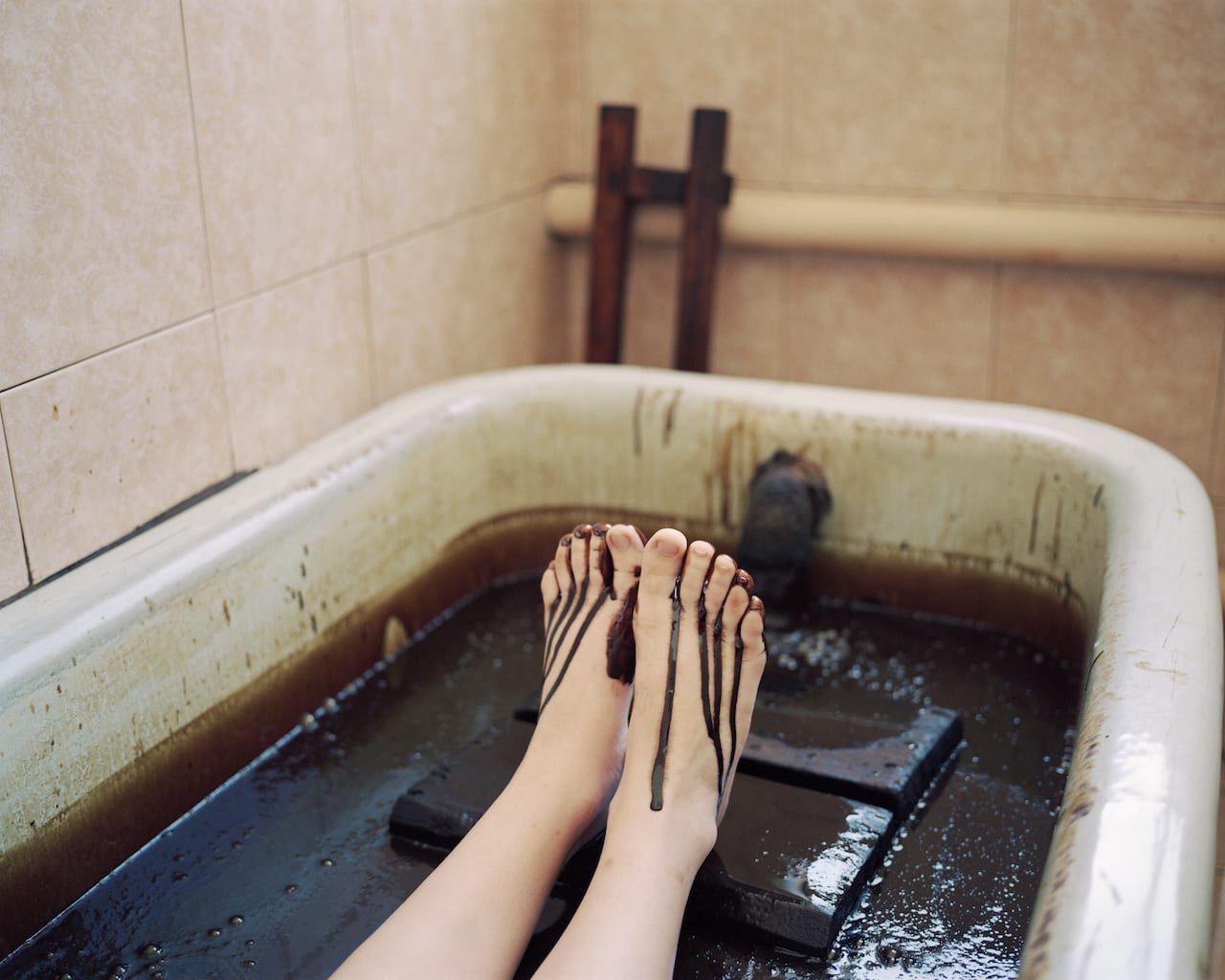Born in Berkeley but raised in the East Bay suburb of Walnut Creek, Mimi Plumb has been a lynchpin in the network of photographers and educators who keep the region grounded in socially engaged documentary traditions. In her own photography, she has remained close to her roots, shooting long-term projects all over northern California. Many of those projects are only now beginning to see the light of day.
One of the reasons why her archive has lain dormant for so long is that she has been teaching photography most of her adult life at local institutions such as San Jose State University and San Francisco Art Institute, where she herself gained an MA, and which has played a key role in educating many photography students in the region. In 2014, her first body of work, Pictures from the Valley, was exhibited at City Hall in San Francisco. These pictures, taken in her early 20s when she was still a student, were a campaign for trade union rights among the Hispanic field workers of California’s farmlands.

